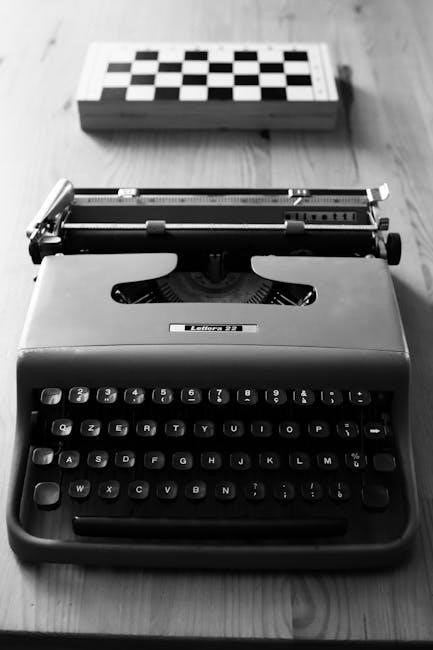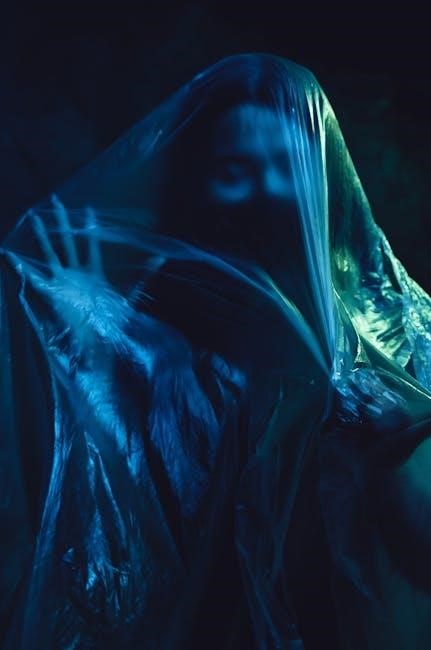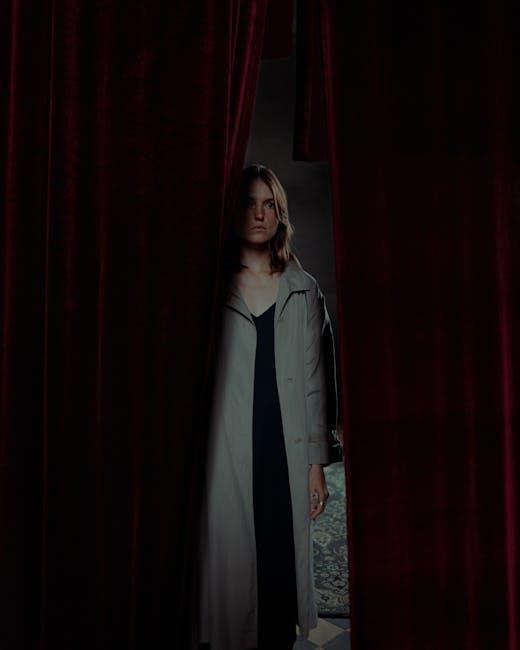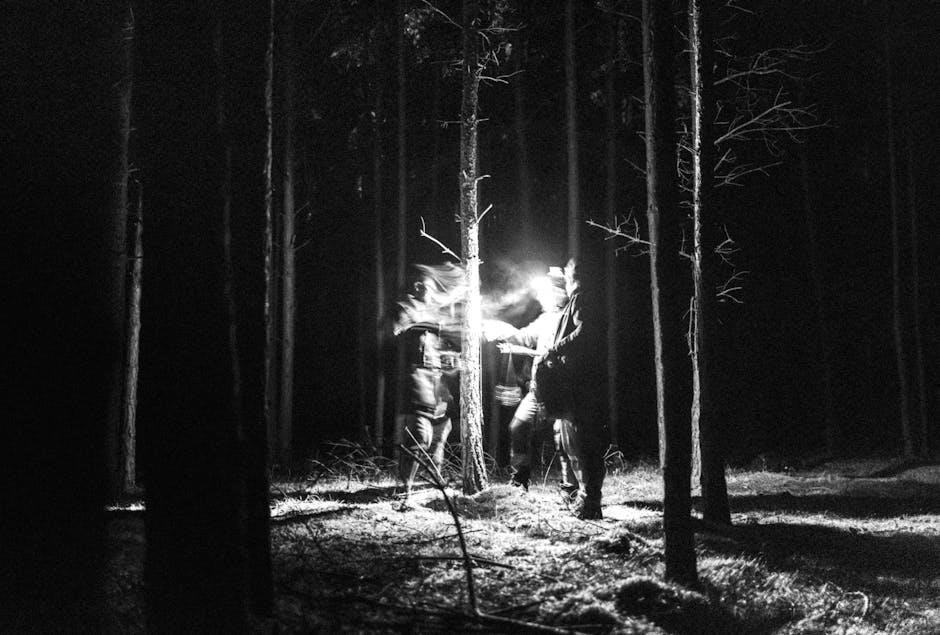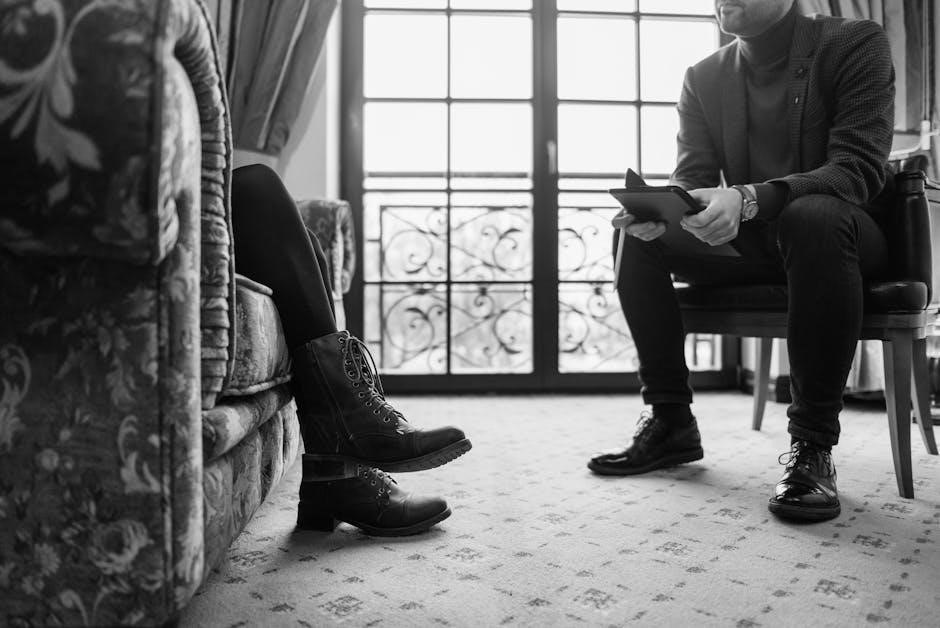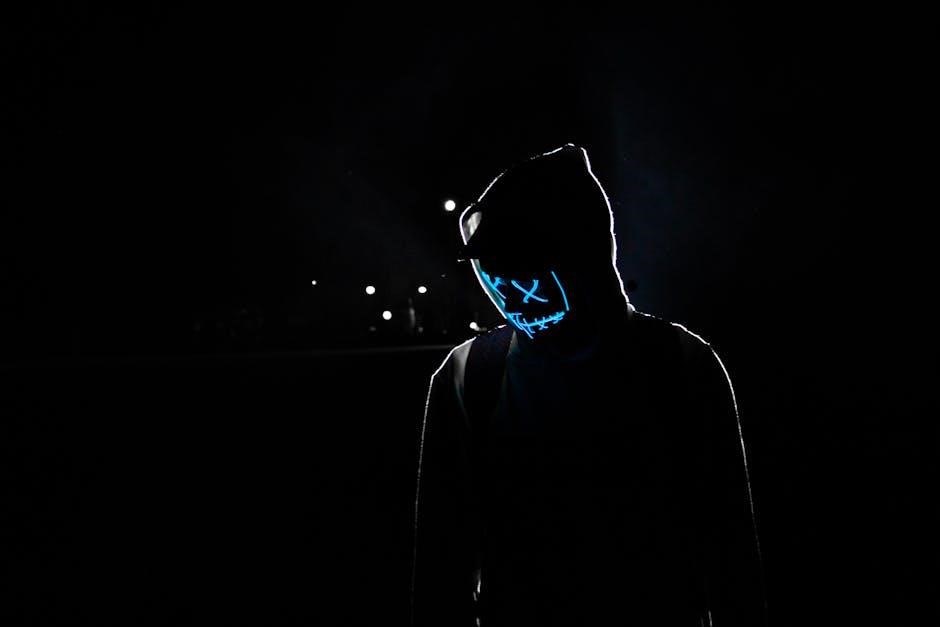cake cutting guide for round cakes
Cake cutting is an art requiring precision and the right tools. A serrated knife and turntable are essential for even portions. Proper techniques ensure smooth, consistent slicing, making every piece perfect.
Importance of Even Cutting

Even cutting is crucial for ensuring fairness and satisfaction when serving round cakes. It guarantees that every guest receives a portion of equal size and quality, maintaining presentation and flavor consistency. Uneven slices can lead to dissatisfaction, as some pieces may be larger or thicker than others. Proper techniques and tools, like a serrated knife and turntable, help achieve uniformity. Even cutting also enhances the visual appeal of the cake, making it more professional and appetizing. Additionally, it reduces waste by minimizing crumbs and uneven breaks. By focusing on even cutting, you ensure every bite is as delightful as the first, creating a positive experience for everyone involved. This step is especially important for special occasions, where presentation and fairness matter most.
Challenges of Cutting Round Cakes
Cutting round cakes evenly can be tricky due to their curved shape, which makes it difficult to maintain uniform thickness. The circumference of the cake often leads to uneven pressure, resulting in slices that are thicker on one side and thinner on the other. Additionally, the rounded edges can cause the knife to wobble, leading to jagged cuts. Ensuring even distribution while maintaining a clean, smooth edge requires precision and control. Using the right tools, like a serrated knife and a turntable, can help overcome these challenges. Applying gentle, consistent pressure and making slow, deliberate cuts are key to achieving professional-looking results. Proper techniques and patience are essential for mastering the art of cutting round cakes evenly.
Benefits of Proper Techniques

Proper cake-cutting techniques ensure even portions, smooth slicing, and a professional appearance. They prevent the cake from breaking or crumbling, making each piece intact and visually appealing. By using the right tools like a serrated knife and a turntable, you can achieve clean cuts and consistent sizing. This not only enhances the presentation but also makes serving easier and more efficient. Proper techniques also reduce waste, as they minimize uneven or shattered pieces. Additionally, they allow for precise portion control, which is especially important for events or gatherings where uniform serving sizes are desired. Overall, mastering proper cake-cutting methods elevates both the aesthetics and the enjoyment of your round cakes.

Essential Tools for Cutting Round Cakes
Essential tools for cutting round cakes include a serrated knife for smooth, even cuts, a cake stand or turntable for easy access and stability, and measuring tools for precise, uniform portions.
Serrated Knife
A serrated knife is a key tool for cutting round cakes. Its toothed edge ensures smooth, even cuts, reducing crumbling and tearing. For optimal results, use a long, sharp serrated knife, as it allows for clean slices through multiple layers. Regular sharpening is essential to maintain effectiveness. When cutting, apply gentle, consistent pressure to guide the knife through the cake evenly. This tool is indispensable for achieving professional-looking results and ensuring every slice is uniform. Proper technique with a serrated knife minimizes waste and enhances the overall presentation of the cake. Always store the knife safely to preserve its sharpness and longevity. By mastering the use of a serrated knife, you can effortlessly create perfect portions for any occasion.
Cake Stand or Turntable
A cake stand or turntable is a must-have tool for cutting round cakes evenly. It allows easy rotation of the cake, ensuring consistent slicing and access to all sides. By placing the cake on a turntable, you can make precise cuts without struggling with angles. This tool is especially useful for large or multi-layered cakes, as it enables smooth, even portioning; A turntable also enhances presentation, making it easier to display the cake attractively before serving. For professional results, pair the turntable with a serrated knife to achieve clean, straight cuts. Proper use of a cake stand or turntable elevates both the cutting process and the overall appearance of the cake, making it a essential item in your cake-cutting arsenal.
Measuring Tools

Measuring tools are essential for achieving precise and even cuts when slicing round cakes. A cake serving guide or chart can help determine portion sizes and ensure fairness. Use a ruler or measuring tape to mark equal intervals around the cake’s edge, guiding your knife for consistent slicing. A cake leveler ensures the cake is even before cutting, preventing uneven portions. Additionally, a turntable with measurements can help rotate and align the cake for accurate cuts. These tools simplify the process, ensuring each slice is uniform in size and shape. By incorporating measuring tools, you can avoid guesswork and achieve professional-looking results every time. Proper measurement enhances both the appearance and fairness of the portions, making it a crucial step in the cake-cutting process.
Step-by-Step Guide to Cutting
Start by placing the cake on a turntable. Use a serrated knife to make the first cut, then slice evenly around the cake. Serve each piece neatly.
Preparing the Cake
Before cutting, ensure the cake is completely cooled to prevent crumbling or melting. Place it on a stable surface, such as a cake board or turntable, for even support. If the cake has a dome shape, use a serrated knife to gently level it, ensuring a flat top. This step is crucial for achieving uniform slices. For added stability, secure the cake to the board using a small amount of frosting or ganache. Lightly dusting the surface with powdered sugar can also help prevent sticking. Finally, remove any decorations or toppings that might interfere with cutting. A well-prepared cake ensures smooth, even slicing and a professional presentation. Proper preparation is the foundation for successful cake cutting.
Making the First Cut
Making the first cut is crucial for achieving even portions. Start by positioning the serrated knife horizontally at the cake’s center. Gently press the blade into the cake, applying light pressure to avoid tearing. Use a smooth, sawing motion to guide the knife through the cake. Rotate the cake stand as you cut to maintain evenness. Ensure the knife remains level and aligned with the center for symmetrical slicing. This initial cut sets the standard for all subsequent slices, so precision is key. By carefully executing this step, you’ll create a clean, even divide that makes serving easier and more efficient.
Serving the Cut Pieces
Serving the cut pieces of a round cake requires attention to presentation and portion control. Once the cake is evenly sliced, carefully lift each piece using a cake server or a flat spatula to avoid breaking the cake. Place each slice on a clean plate or dessert dish, ensuring the frosting or topping remains intact. For a professional touch, arrange the slices on a serving tray or platter before distributing them. Consider garnishing each piece with fresh fruit, a sprinkle of powdered sugar, or a drizzle of chocolate sauce for added appeal. When serving at events like weddings or parties, maintaining uniform portion sizes ensures fairness and satisfaction for all guests. Proper handling and presentation enhance the overall dining experience, making the effort of precise cutting worthwhile.

Achieving Even Portions
Use markers or toothpicks to guide symmetrical cuts. A rotating cake stand helps maintain balance, ensuring each slice is uniform in size and shape for fair serving.
Using Markers for Guidance
Using markers is a practical method to ensure even cake portions. Place small markers, such as toothpicks or dots of frosting, at equal intervals around the cake’s edge. This creates a visual guide for slicing. Align the knife vertically with each marker to make straight, consistent cuts. For round cakes, markers help divide the cake into equal sections, preventing uneven slices. This technique is especially useful for large or multi-layered cakes. By rotating the cake on a turntable between cuts, you can align the knife accurately with each marker. This method ensures fairness and precision, making it ideal for gatherings or events where equal portions are important. Markers simplify the process, allowing even novice bakers to achieve professional-looking results. This approach guarantees that every guest receives a similarly sized slice, enhancing the overall presentation and satisfaction.
Leveling the Cake
Leveling ensures the cake surface is even, preventing a domed shape. Use a serrated knife to slice off the dome, creating a flat top. Place the cake on a cake board and spread a thin layer of icing or ganache underneath for stability. This step is crucial for smooth frosting application and achieving uniform slices. Proper leveling minimizes unevenness, ensuring each portion is consistent and visually appealing. A level cake also sits securely on the serving surface, preventing wobbling during cutting. This foundational step enhances both presentation and the overall cutting process, making it easier to achieve perfectly even portions every time. By addressing the cake’s structure early on, you set the stage for a polished and professional final result. Leveling is a simple yet essential technique for any round cake cutting guide.
Symmetrical Slicing
Achieving symmetrical slices is key for both functionality and aesthetics. Start by placing the cake on a turntable to easily rotate it. Use markers or toothpicks to guide your knife, ensuring even spacing between cuts. Gently saw through the cake with a serrated knife, applying steady, even pressure. Rotate the cake as you cut to maintain alignment. Symmetrical slicing not only ensures equal portions but also makes the cake visually appealing. For round cakes, this method guarantees that every slice mirrors the others, creating a professional finish. By following these steps, you can achieve perfectly uniform and attractive slices every time.
- Use a turntable for easy rotation.
- Apply gentle, consistent pressure with a serrated knife.
- Guide your cuts with markers for precision.

Tips for Perfect Cutting
Maintaining knife temperature is crucial for smooth cuts. Apply gentle pressure to prevent crumbling. Use a steady, sawing motion for even slices and perfect portions every time.
Knife Temperature

Maintaining the right knife temperature is crucial for smooth cake cutting. A warm or room-temperature blade prevents icing from melting and ensures clean cuts. Avoid using a cold knife, as it can cause the cake to tear. For optimal results, keep the knife at room temperature or lightly chill it before slicing. This prevents the blade from dragging through the cake and creates even, professional-looking portions. A properly heated knife glides through the cake effortlessly, reducing crumbs and ensuring a polished finish. Always wipe the blade clean between cuts to maintain precision and avoid transferring icing or debris. Proper knife temperature is essential for achieving perfect, even slices every time, making it a key factor in mastering the art of cake cutting.
Applying Gentle Pressure
Applying gentle pressure when cutting a round cake is crucial for achieving clean, even slices. Using a serrated knife, start by placing the blade at the top edge of the cake. Gently saw through the cake in a smooth, consistent motion, applying light pressure to avoid compressing the layers. This technique prevents the cake from tearing or crumbling, ensuring each piece retains its structure and appearance. For larger cakes, use a cake stand or turntable to stabilize the cake while cutting. Applying too much pressure can result in uneven portions or damaged slices. Instead, allow the knife to glide through the cake with controlled, gentle strokes. This method ensures precise cuts and professional-looking results, making the cake more appealing for serving. Gentle pressure also helps maintain the cake’s integrity, especially for layered or decorated designs. By mastering this technique, you can achieve perfectly portioned slices every time.

Using the Right Motion
Using the right motion is crucial for achieving clean, even cuts when slicing round cakes. Start by placing the knife at the top edge of the cake and gently saw through with a smooth, back-and-forth movement. Apply gentle pressure, allowing the serrated edge to do the work. Maintain a steady hand and keep the knife straight, ensuring each cut follows your desired path. For even portions, rotate the cake on a turntable as you slice, working from the center outward. Avoid applying too much pressure, as this can cause the knife to slip or the cake to tear. Instead, use a controlled, rhythmic motion to glide through the layers. This technique ensures precise, symmetrical slices every time, making your cake look as professional as it tastes.

Common Mistakes to Avoid
- Cutting too quickly can lead to uneven slices and crumbling.
- Not using a turntable makes it harder to achieve symmetrical cuts.
- Applying too much pressure can cause the cake to break or tear.
Cutting Too Fast
Cutting too quickly is a common mistake that can lead to uneven slices and a messy outcome. When rushing through the process, the knife may wobble or apply uneven pressure, resulting in jagged edges or crushed cake layers. This is especially true for round cakes, where maintaining a steady, smooth motion is crucial. A serrated knife, while essential, requires deliberate strokes to ensure clean cuts. Cutting too fast can also cause the cake to tear, particularly if it’s layered or contains fragile decorations. To avoid this, take your time and focus on controlled, gentle movements. Practicing on a plain round cake can help build confidence and technique. Remember, patience is key to achieving professional-looking results. By slowing down, you’ll ensure each slice is uniform and visually appealing, making the effort worthwhile for any celebration or gathering.
Not Using a Turntable
Not using a turntable can lead to uneven portions and difficulty in accessing all parts of the cake. This makes it harder to achieve smooth, consistent cuts, especially for round cakes. Without the ability to rotate the cake, it becomes challenging to maintain even pressure and slicing motion, increasing the risk of lopsided or uneven slices.
A turntable allows for better visibility and easier manipulation of the cake, ensuring that each cut is precise and symmetrical. Skipping this step can result in an unprofessional appearance and inconsistent serving sizes, making the cake less appealing overall; Proper tools, like a turntable, are essential for achieving the desired results in cake cutting.
Applying Too Much Pressure
Applying too much pressure while cutting a round cake can lead to uneven slices and a messy appearance. Excessive force can cause the knife to dig into the cake, creating jagged edges or even breaking the cake layers. This is especially problematic for delicate or layered cakes, as it can dislodge fillings or toppings. Instead of applying heavy pressure, it’s better to use a gentle, smooth motion with a serrated knife. Light pressure ensures clean cuts and maintains the cake’s structure. Over-pressing can also compress the cake, making it dense and unappealing. By using controlled, even strokes, you can achieve professional-looking slices every time, ensuring fair portions and a visually appealing presentation for any occasion.








